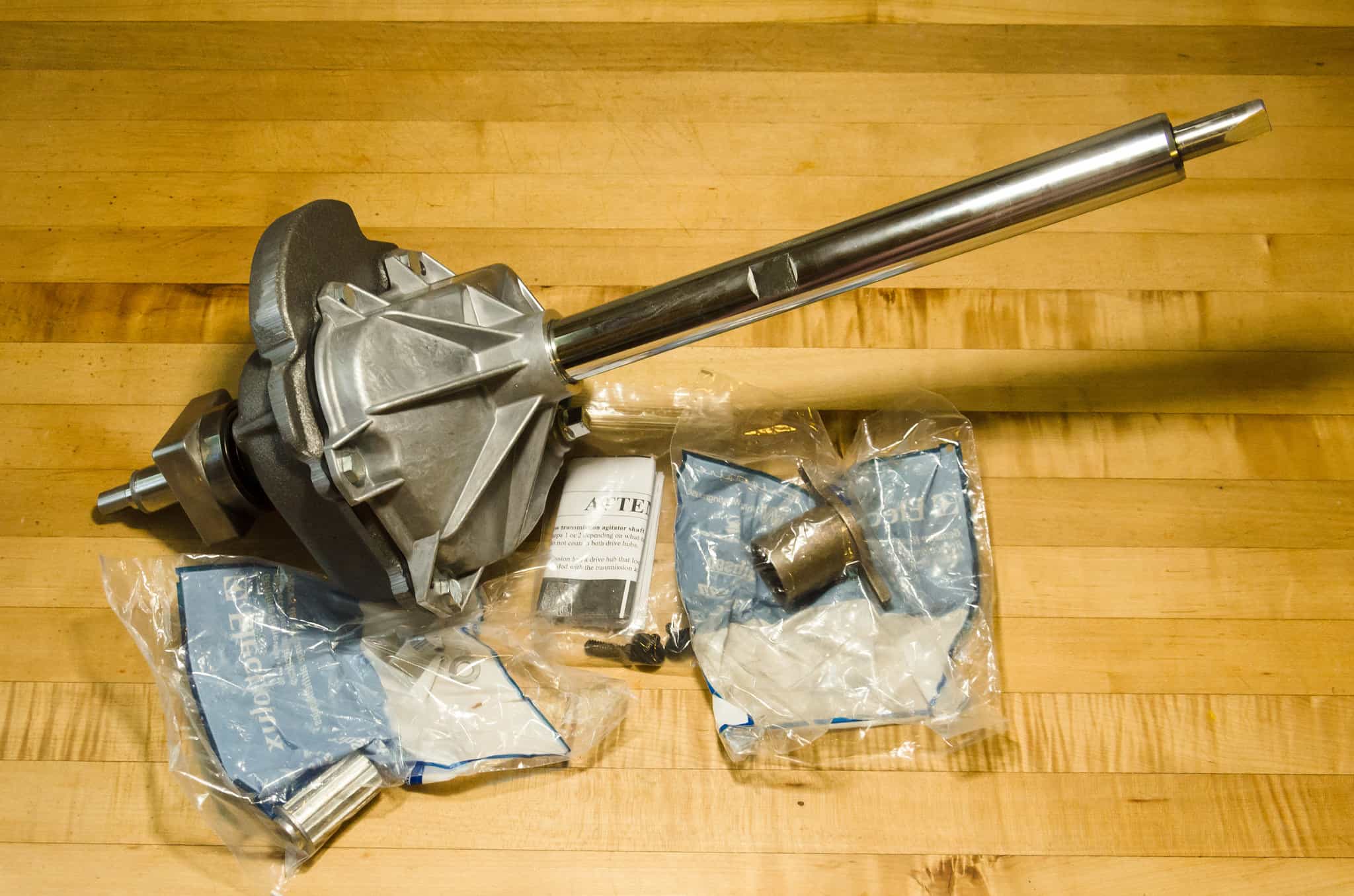RECOMMENDED DRIVETRAIN MAINTENANCE FOR DIFFERENT SYSTEMS
Automatic Transmissions
Just like the oil in your car’s engine, the transmission oil (usually referred to as fluid) is subject to degradation from dirt, friction, and heat. Breakdown of the fluid can cause premature failure of the transmission. Close to nine out of ten transmission failures are due to fluid contamination and overheating, according to the Automatic Transmission Rebuilder’s Association. Automatic transmissions require regular maintenance. The rule of thumb? Replace the fluid and filter every 30,000 miles or every 12 months, whichever comes first. A complete transmission transfusion (or flush) is recommended because this procedure exchanges all the old fluid for new. There is one caveat here. On vehicles with a poor transmission service history you should seek the advice of a professional before doing a complete fluid exchange. A “poor transmission service history” refers to a transmission with burnt fluid (evidence of overheating) or a transmission with fluid that’s been in the unit more than 80,000 miles.
Why could a complete flush cause problems in these transmissions? There are many documented cases of high-mileage transmissions failing shortly after having a complete fluid exchange. Why? If the unit has overheated (evident by burnt fluid), the glue on the back of internal clutches has crystallized. When it is soaked in a bath of fresh high-detergency transmission fluid, the glue on the clutches dissolves, rendering the clutches, and thus the transmission, useless. Therefore, on units with high mileage, it might be wise to change only the filter and the fluid in the pan.
CVT Transmissions
Maintenance varies with the type of CVT. The best advice is to follow the maintenance schedule dictated by the carmaker.
Standard Transmissions
Standard transmissions are not quite as touchy as the automatics; however, it’s a good idea to have them checked every oil change. Standard transmissions use one of three lubricants: automatic transmission fluid, 30W motor oil, or gear oil. When checking the fluid be sure to check the level, the presence of moisture (which renders the fluid a milky color), or the presence of wear particles. A small amount of wear material is acceptable, but excessive wear material can indicate a problem. The maintenance change interval for transmissions that use automatic transmission fluid and 30W motor oil is every 50,000 miles. For gear oil the recommended interval is 80,000 miles. Follow the carmaker’s maintenance schedule because some can and do vary.
4 х 4 MAINTENANCE
In addition to a transmission, all 4 x 4 vehicles have a transfer case, locking hubs, and front and rear differentials. Some have an additional center differential that is part of the 4 x 4 drivetrain system. The maintenance of the transfer case is usually the same as the standard transmission (check your owner’s manual just to make sure). Maintenance of the locking hubs is extremely critical, however. Locking hubs come in two forms: automatic and manual. Both forms of hubs must be inspected for wear and disassembled, cleaned, and lubricated regularly (every 24,000 miles or 24 months). Snow, ice, water, salt, and mud find their way into these mechanized units and render them useless, costing the owner big bucks. Do yourself a favor and keep the locking hubs in good working order.
